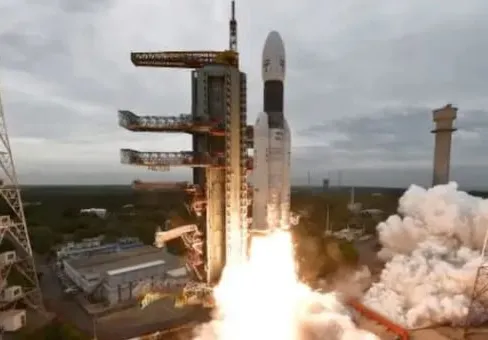ISRO chief confirms that Chandrayaan 3 will be launched in July
The next Chandrayaan 3 mission will be launched in July this year, confirmed Indian Space Research Organization (ISRO) Chairman S Somanath. Speaking on the sidelines after the launch of the GSLV F12/NVS-1 rocket on Monday, Somanath shared an update on ISRO’s next lunar mission this year.
Chandrayaan 3 is the successor mission to Chandrayaan 2, which faced challenges in landing, and the space agency had to abort the mission and learn from the problems the spacecraft faced while landing on the difficult part of the moon. He was quoted in an ANI report as saying, “In these jobs (space missions), the possibility of failure is always there.”
LVM3 will launch the Chandrayaan 3 mission rocket from the Satish Dhawan Space Center in Sriharikota. While he confirmed that the Chandrayaan 3 mission will be launched in July, the ISRO chief did not give an exact schedule (date) for the launch of the rocket, which is likely to be revealed in the coming weeks.
Like the previous version, Chandrayaan 3 is tasked with a safe landing and orbit on the lunar surface, as the space agency equips the spacecraft with a Lander and Rover for the mission. “The propulsion module carries the lander and rover assembly up to an orbit of 100 km. The propulsion module carries the Spectral Habitable Planet Earth Measurement (SHAPE) payload, which studies spectral and polarimetric measurements of the Earth from lunar orbit,” ISRO explained in its message.
ISRO on Monday successfully launched the Geosynchronous Satellite Launch Vehicle (GSLV) from the second launch pad at the Satish Dhawan Space Center in Sriharikota.
The primary objective of this mission is to deploy the NVS-01 navigation satellite, which weighs approximately 2,232 kilograms. This satellite belongs to the second generation satellites designed for Navigation with Indian Constellation series.
With the successful completion of this mission, India will join the exclusive list of only three other countries in the world. About 20 minutes after launch, the satellite will be injected into geosynchronous transfer orbit, marking a major milestone in India’s space exploration journey.




